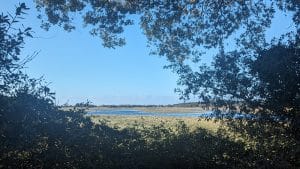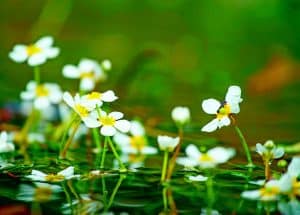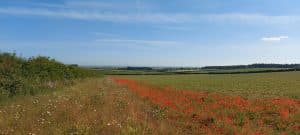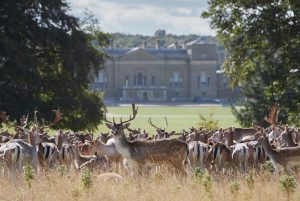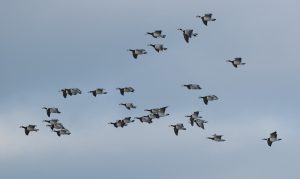
10 signs of Spring to spot at Holkham
March 29, 2023 | Nature news | 6 minute read
The equinox was last week and the clocks have changed, and despite the lower temperatures we’ve had in North Norfolk recently, Spring is well and truly here. The days are getting longer, and the wildlife we can see is changing. New life is emerging all around us, and animals we haven’t seen over the winter months are returning.
I spoke to Paul Eele, one of our wardens on the National Nature Reserve here, to find out which animals and plants you can look out for at Holkham at this time of year. Whether you’re visiting the National Nature Reserve for a long walk with friends, or bringing your children to Holkham Park during the Easter holidays, here are some animals and plants to search for.
Brimstone Butterflies
Brimstones are one of the earliest emerging butterflies each year. With their yellow wings – bright for males, very pale for females – it’s easy to mistake these insects for leaves. At this time of year, the butterflies rely on early nectar sources and can be found nectaring on willow and dandelions.
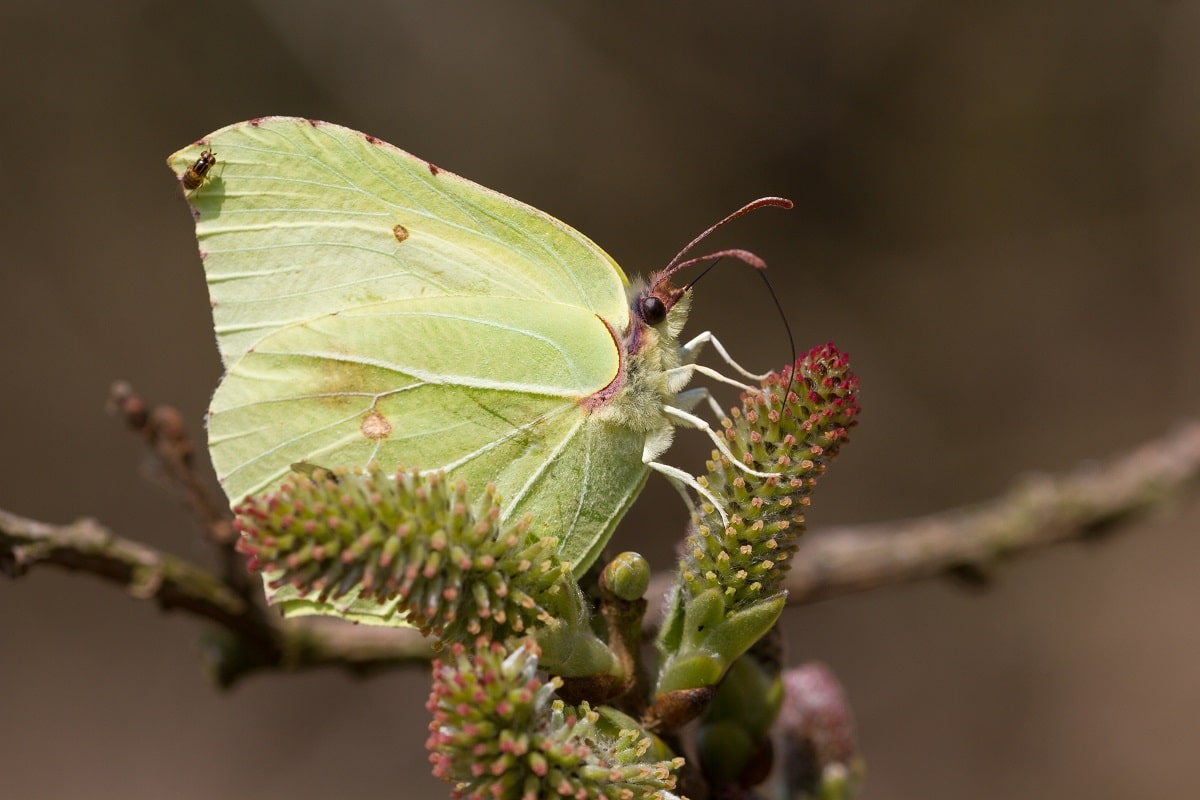
Marsh Harriers skydancing
At this time of year, these birds of prey can be seen displaying over the National Nature Reserve, especially on warm, sunny days. The raptors perform ‘dances’, undulating high up in the sky and calling all the time. Males are more frequently spotted as they display over their territory to attract females and defend their nesting ground, though females get involved too. Males can be seen dropping into the reedbed where their nests are, showing it off to their potential mates.
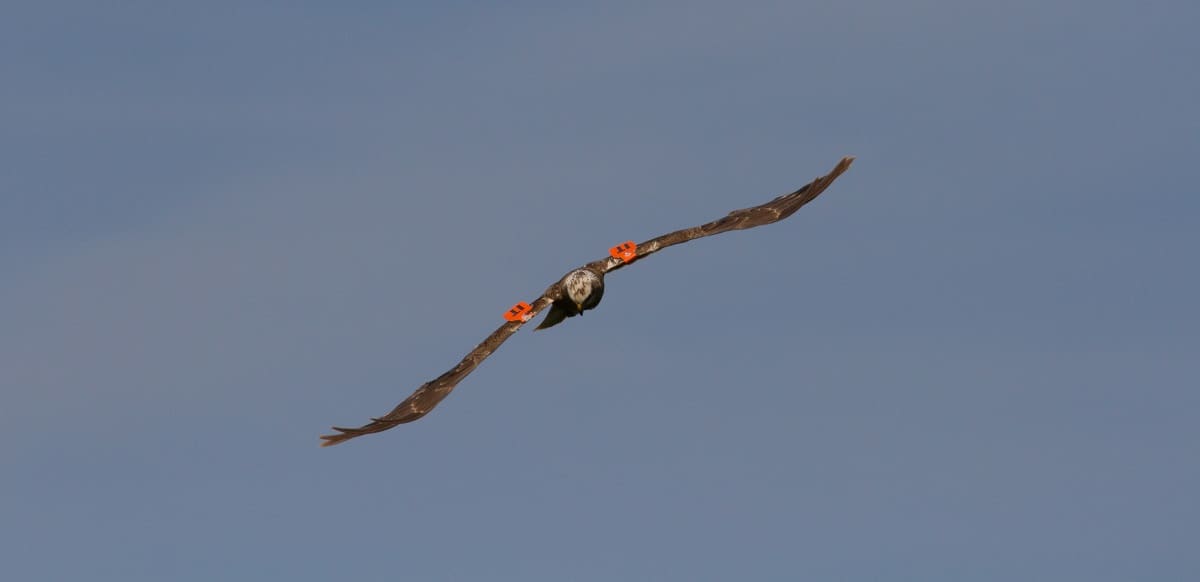
Tumbling Lapwings
Bitterns aren’t the only males looking for mates. Lapwings begin to display in the spring months, tumbling over possible breeding areas to advertise potential areas for nesting. They show off to females by bowing and flashing their orange feathers under their tails. Lapwings are commonly sighted around Lady Anne’s Drive.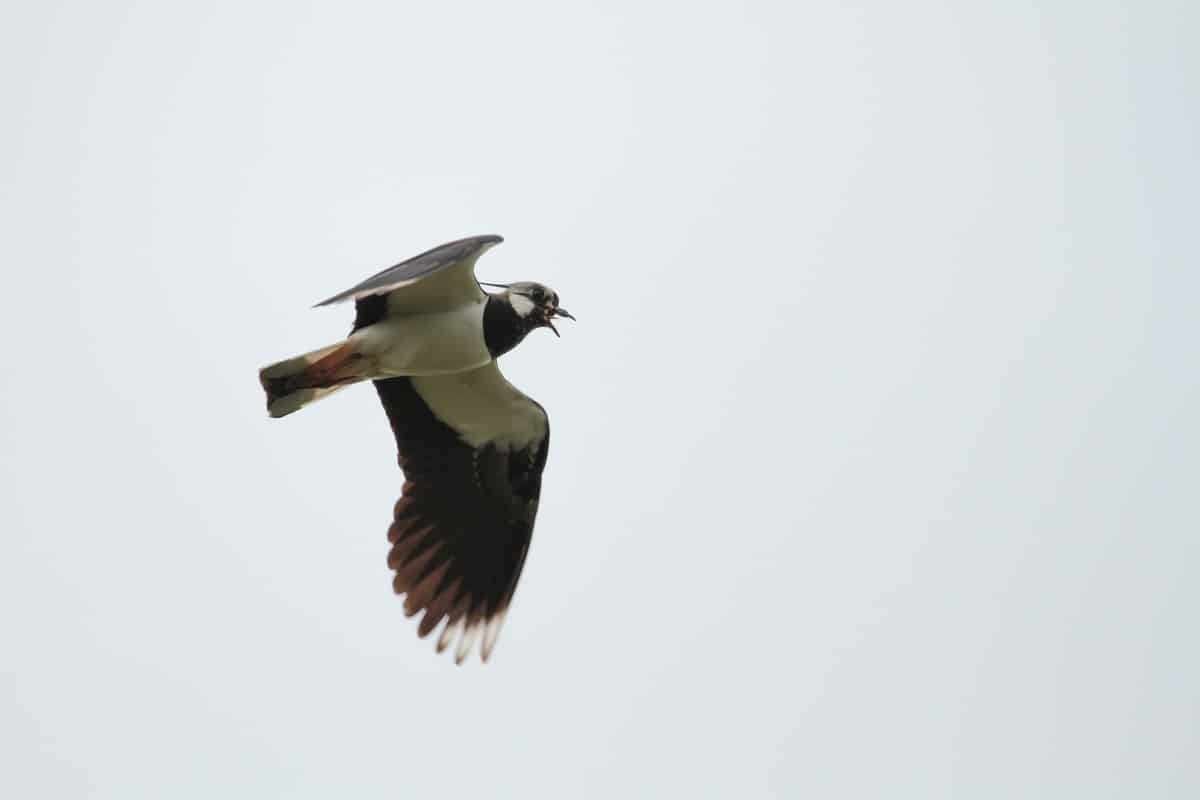
Spring flowers and early leaves
Look out for spring flowers like primroses, blackthorns and hawthorns in the hedgerows. These provide an early nectar source for emerging insects like bumblebees and butterflies.
One of Paul’s favourite paths at this time of year is at the South Gate, with its collection of beech and sycamore trees beginning to show off new life.

Great Spotted Woodpeckers drumming trees
These black and white birds nest in Holkham Park, and spring is a great time to listen out for males drumming. They pick dead branches high up in the trees, banging on them with their beaks, to draw attention to their nest site and ward off others.
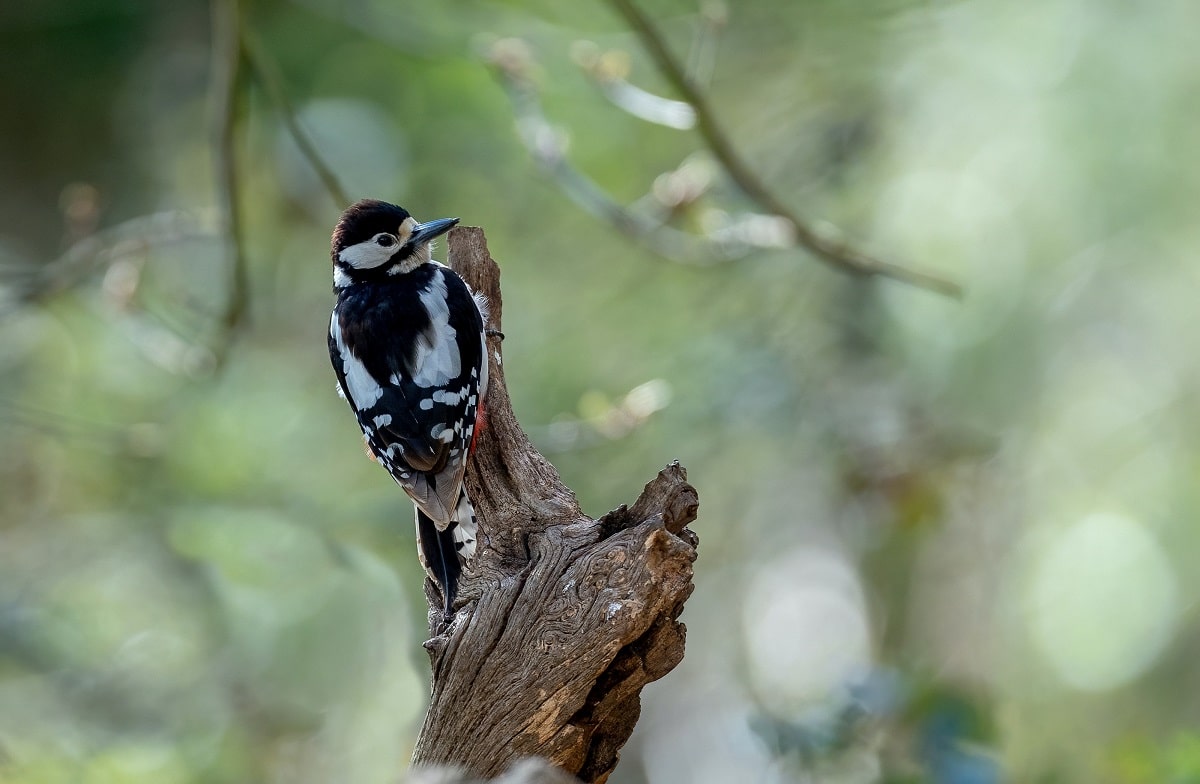
Booming Great Bittern
While we’re talking about rather noisy birds, head to the Washington Hide or Burnham Norton listen out for bitterns. They are part of the heron family, though they have shorter necks and are brown and stripy. The spring months are a great time to hear the males’ booming, territorial song, used to attract females and to defend. Listen out for their sound, which is a low frequency to penetrate through dense reeds and carries over several kilometres – it’s a sound not dissimilar to what is made when you blow over a milk or beer bottle.
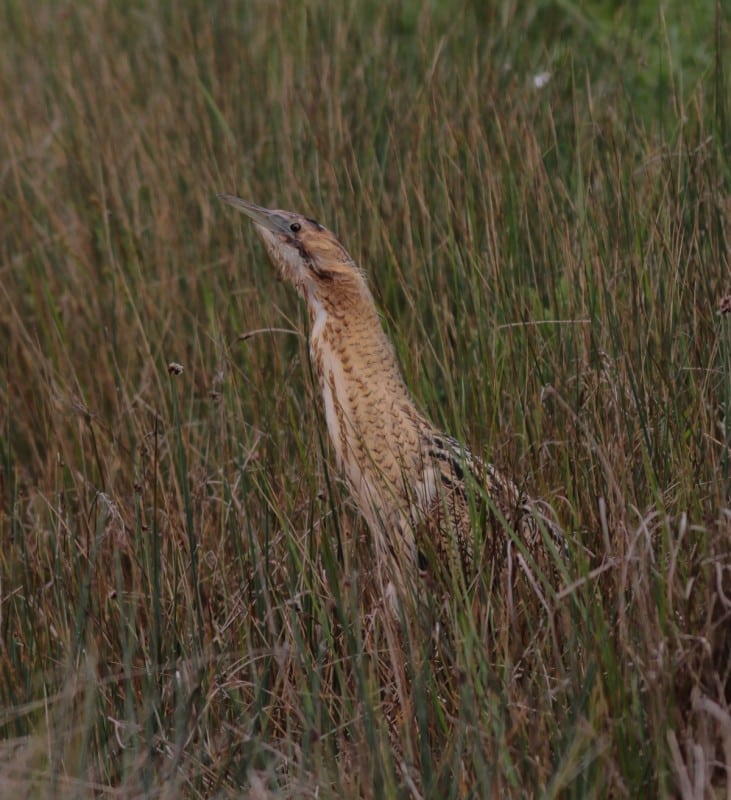
Great Crested Grebe
Look out for great crested grebes on Holkham Lake, whose dances are a real performance! The males and females mirror each other in a courtship dance, before the male woos his new friend with a present of weeds. What a charmer!
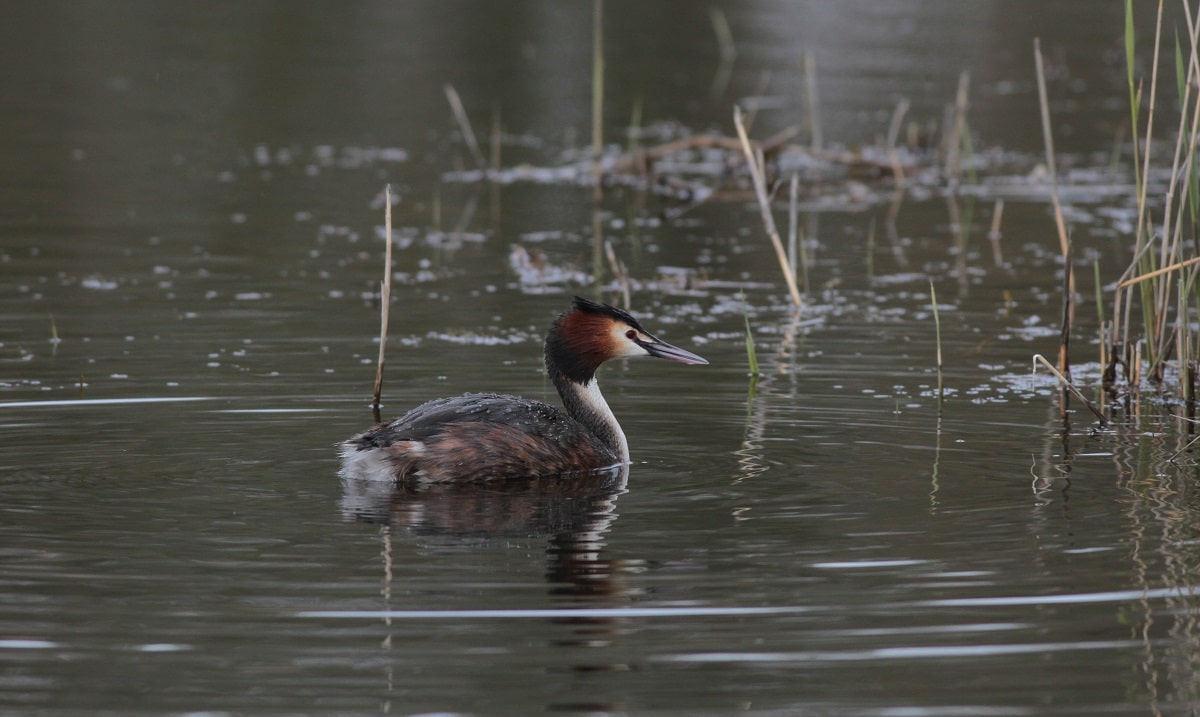
Signs of Spring at home:
If you can’t get to Holkham this season, there will still be plenty of wildlife to look out for in your local area. Whether you’re enjoying time in the garden, taking your kids to the park or even walking to work, see which of these signs of springtime you can spot.
Queen Bumblebees
At this time of year, queen bumblebees begin to search for a new nesting site after spending the winter hibernating in the soil. Keep an eye out for bumblebees while enjoying time outside. In the Courtyard Gift Shop, you can pick up a handmade ‘bee hotel’ to give our buzzing friends a helping hand.
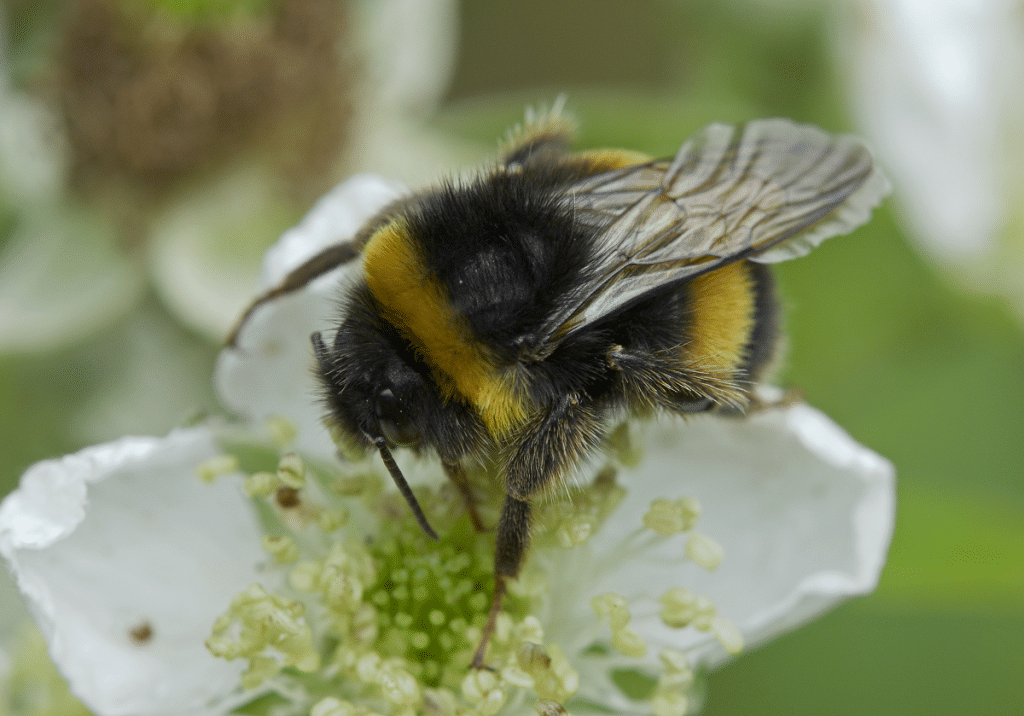
Frogs
Remember learning about a frog’s lifecycle at primary school? Now is the time to be looking out for frogspawn appearing in ponds. And shortly, tadpoles will begin to wriggle about. Look closely at any frogspawn you see – small, black dots show that its very new, while longer shapes inside show that they are developing into tadpoles.
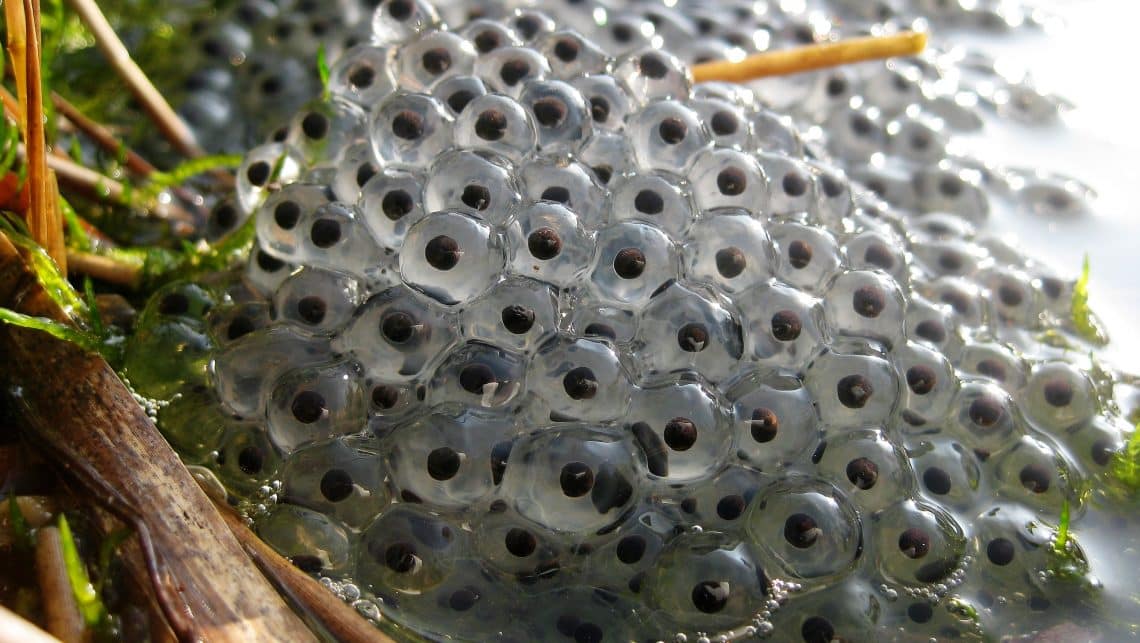
Blue Tits
With their beautiful blue, yellow, white and green plumage, blue tits are probably one of the most recognisable birds in Britain. They’re a great bird to look out for in the spring, and easy to spot with children too. In the spring, these birds can be found singing and trilling, gathering material, and displaying with a parachute-like descend to their nest.
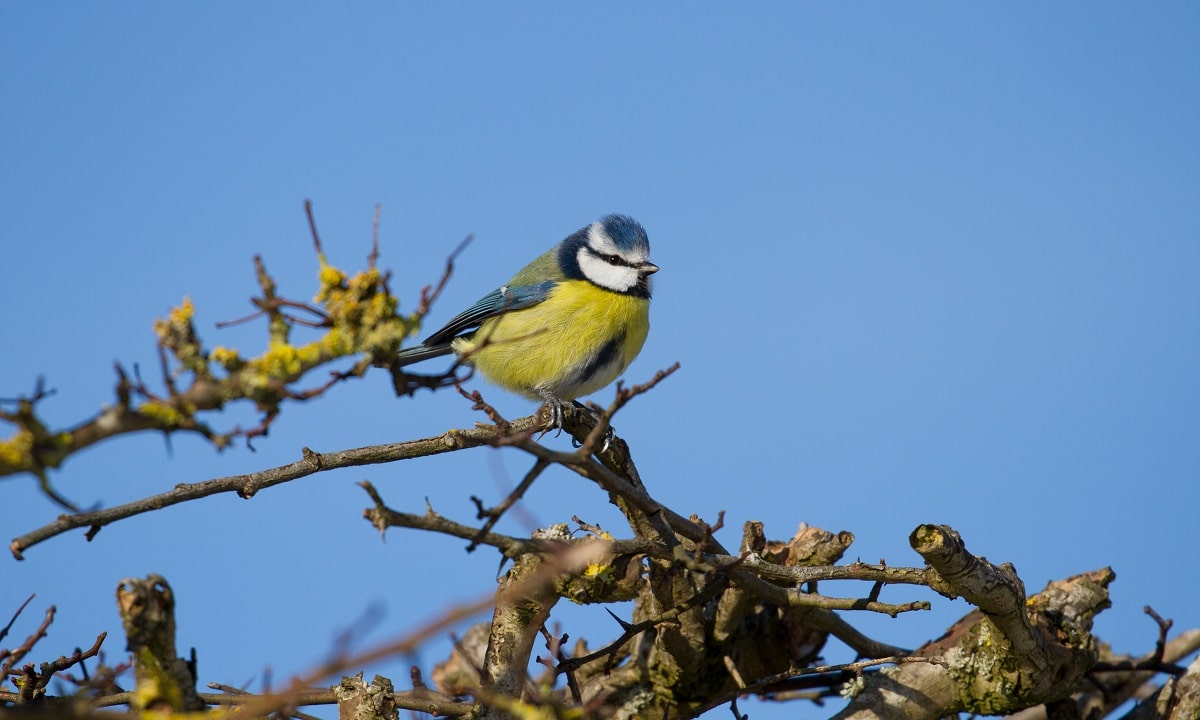
We love to see photos of the wildlife you spot on your visits to Holkham. Don’t forget to tag us @holkhamestate on Instagram and Twitter.
Back to Journal Back to Journal